Plunge saws are the secret weapon for making clean, precise cuts in various materials. Whether you’re working with plywood, laminate, or even solid wood, these tools give you the control you need for straight cuts and bevels. If you want to level up your woodworking game, a plunge saw should be at the top of your list.
Plunge Saws
Achieve precision and versatility in your cutting projects with our high performance plunge saws
Product List
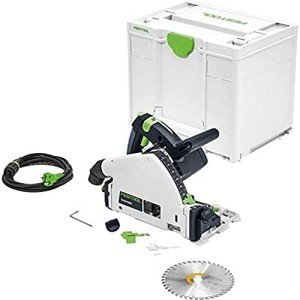
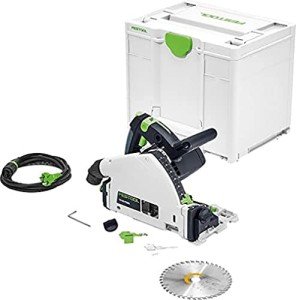
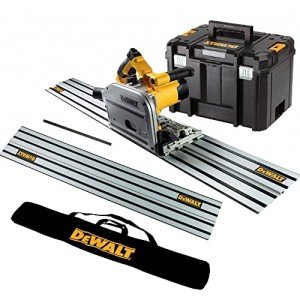
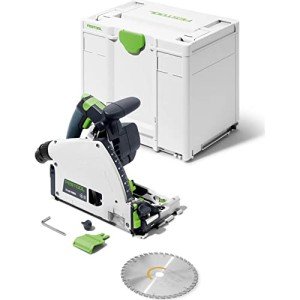

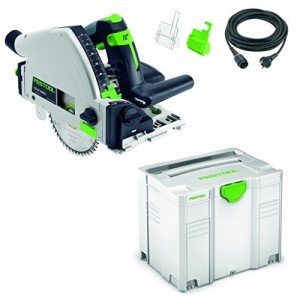
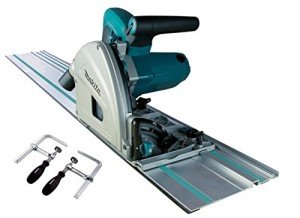
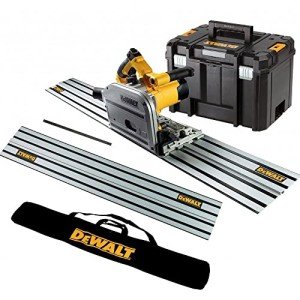
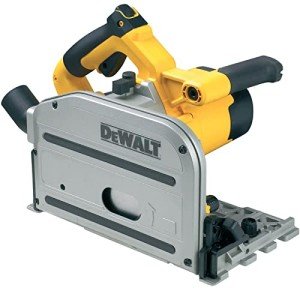
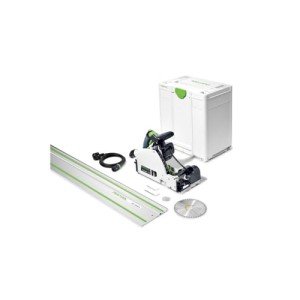
Plunge saws have gained significant popularity among DIY enthusiasts and professional woodworkers alike due to their portability, precision, and versatility. This tool allows for a more controlled and efficient cutting process, perfect for various applications from cutting sheet materials to performing intricate joinery. In this article, we will provide an extensive look into plunge saws, including their features, benefits, selection criteria, and frequently asked questions.
What is a Plunge Saw?
A plunge saw, often referred to as a track saw, is a type of circular saw that operates in conjunction with a guide rail. The saw can be 'plunged' straight down into the material, allowing for precise, straight cuts. This innovative design allows woodworkers to achieve clean cuts with minimal tear-out, making it ideal for tasks that require accuracy, such as cabinet making or flooring installation.
Key Features of Plunge Saws
Plunge saws come equipped with a variety of features that enhance their versatility and performance. Here are some key features to look for when considering a plunge saw:
| Feature | Description |
|---|---|
| Guide Rail System | Enables long, straight cuts with accurate alignment. |
| Depth Adjustment | Allows users to control the depth of the cut for various materials. |
| Variable Speed Control | Allows for adjustments based on the material being cut, providing flexibility. |
| Dust Extraction Port | Optimizes cleanliness during cutting, reducing health risks associated with dust. |
| Bevel Functionality | Enables angled cuts, increasing the range of projects that can be tackled. |
| Soft Start Motor | Reduces sudden starts that can cause kickback, adding safety. |
| Safety Features | Features such as blade guards protect users from accidental injuries. |
Advantages of Using Plunge Saws
Plunge saws offer numerous advantages over traditional circular saws and other cutting tools. Here are some notable benefits:
-
Precision Cutting: The ability to control the starting point and depth leads to accurate cuts, ideal for finished surfaces.
-
Reduced Tear-Out: The design minimizes the risk of tearing the material as the blade enters it at a controlled pace.
-
Versatility: Plunge saws can cut a variety of materials, including plywood, MDF, and hardwood, making them suitable for diverse projects.
-
Ease of Use: Many plunge saws are designed with ergonomics in mind, ensuring ease of use when working for extended periods.
-
Portability: Most plunge saws are lightweight and easily transportable, making them perfect for on-site work or transport between job sites.
Selecting the Right Plunge Saw
Choosing the ideal plunge saw can be a daunting task given the variety of models and features available. Here are some critical factors to consider during the selection process:
1. Power and Motor Capacity
The motor's power (usually rated in watts or amps) determines the saw's performance. Higher-powered models can cut through tougher materials with ease but may be heavier.
2. Blade Size
Most plunge saws have blades that range from 160mm to 210mm in diameter. A larger blade can handle deeper cuts but may be less maneuverable.
3. Dust Management
Look for a model with a good dust extraction port or system, especially if working indoors or in dusty environments.
4. Compatibility with Guide Rails
Ensure the saw is compatible with the brand and type of guide rail you plan to use. Some manufacturers offer proprietary guide rails that enhance precision.
5. Ergonomics
Since plunge saws can be used for extended periods, consider the weight, comfort of the grip, and overall ease of handling before making a purchase.
6. Budget
Plunge saws vary significantly in price. Set a budget and focus on models that offer the best balance of features and reliability within your price range.
| Aspect | Budget Models | Mid-Range Models | Premium Models |
|---|---|---|---|
| Price Range | £100 - £300 | £300 - £600 | £600 and above |
| Power | Basic capacity | Moderate power | High power |
| Durability | Less durable materials | Good build quality | Heavy-duty construction |
| Features | Basic functionalities | Add advanced features | Comprehensive features |
Maintenance Tips for Plunge Saws
Maintaining a plunge saw is essential for ensuring its longevity and performance. Here are some maintenance tips to keep your saw in top condition:
-
Regular Cleaning: Remove dust and debris after each use to prevent buildup that can affect performance.
-
Blade Inspection: Regularly check the blade for dullness or damage. Replace or sharpen as necessary.
-
Lubrication: Apply lubrication to the moving parts as specified by the manufacturer to prevent wear.
-
Storage: Keep the saw in a protective case or area to prevent damage when not in use.
-
Battery Maintenance: For cordless models, ensure batteries are stored correctly and charged periodically according to manufacturer guidelines.
Frequently Asked Questions (FAQ)
Q1: Can a plunge saw be used for bevel cuts?
Answer: Yes, many plunge saws come with bevel functionality allowing users to make angled cuts easily.
Q2: What materials can a plunge saw cut?
Answer: Plunge saws are versatile and can cut through various materials, including plywood, hardwood, MDF, and more.
Q3: Are plunge saws safe to use?
Answer: When used properly, plunge saws are safe. Always follow safety guidelines and wear protective gear such as goggles and ear protection.
Q4: Do I need a guide rail for a plunge saw?
Answer: While you can use a plunge saw without a guide rail, using one greatly enhances precision and straightness in your cuts.
Q5: How do I choose the right blade for my plunge saw?
Answer: The right blade depends on the material you are cutting. Look for specific blades designed for materials like hardwood, softwood, laminates, or general-purpose cuts.
Plunge saws are significant assets for anyone serious about woodworking or DIY projects. With their precision, versatility, and ease of use, they can facilitate a variety of cutting tasks. By understanding the essential features, advantages, and factors to consider during selection, users can find the plunge saw that best meets their needs. Regular maintenance will further enhance the tool's lifespan, enabling users to achieve flawless results for years to come.